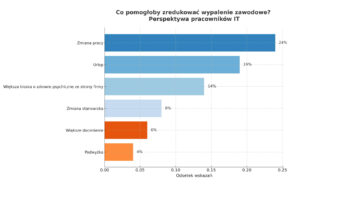Cryptocurrency markets proved once again that they do not live in a vacuum. Bitcoinlplunged more than 8 per cent on Friday, slipping to around $105,000, after US President Donald Trump announced a doubling of tariffs on Chinese exports – up to 100 per cent – and the imposition of export controls on “any critical software”. This is Washington’s response to Beijing’s previous limits on the export of rare earth minerals, crucial to the production of semiconductors, electronics and energy infrastructure.
The signal from the White House triggered a sharp discount in global markets, with the S&P 500 index down more than 2% and investor sentiment clearly shifting towards ‘risk-off’. Ethereum, the second-largest cryptocurrency, lost nearly 6%, slipping below US$3.7k.
Although bitcoin is sometimes portrayed as ‘digital gold’, recent events are a reminder that it still behaves more like a speculative asset than a safe haven in moments of geopolitical tension. In previous quarters, cryptocurrencies benefited from the narrative of hedging against inflation and dollar weakness. This time, the trade conflict has triggered the opposite reaction, with investors fleeing to cash, bonds and traditional safe havens such as gold.
In doing so, the technology and trade escalation between the US and China is entering a new phase. Whereas previous rounds concerned steel, chips or mobile applications, the export of software and key raw materials for future technologies has now become a flashpoint. This could hit not only Big Tech, but also the entire Web3 and blockchain sector, which relies heavily on global supply chains for hardware and computing infrastructure.
For the cryptocurrency market, Friday’s move is a reminder that the global macroeconomy – not just industry regulation – remains a major risk factor. In the coming weeks, investors will look less to halving and ETFs and more to the headlines from Washington and Beijing.












